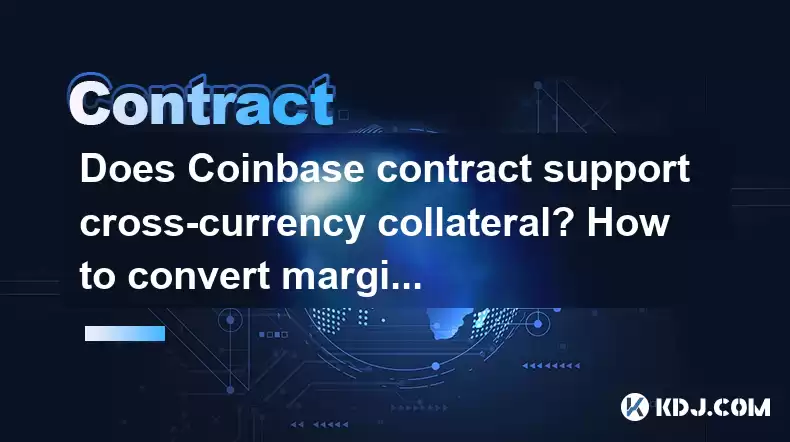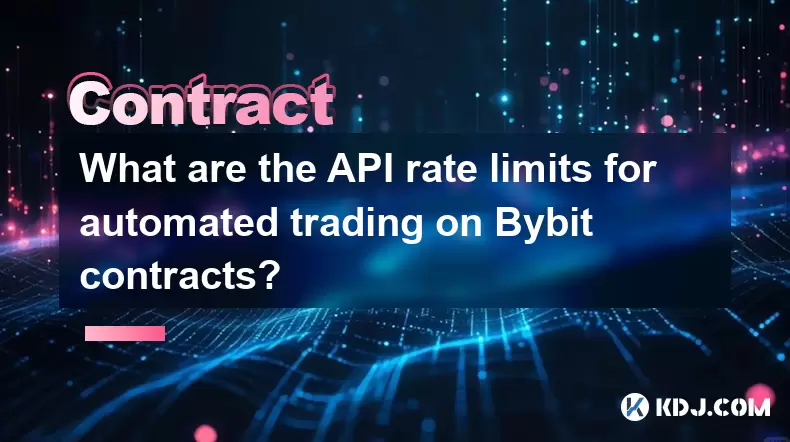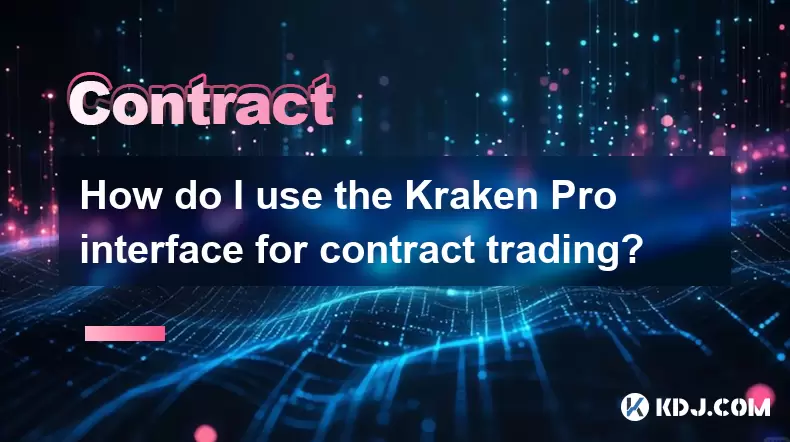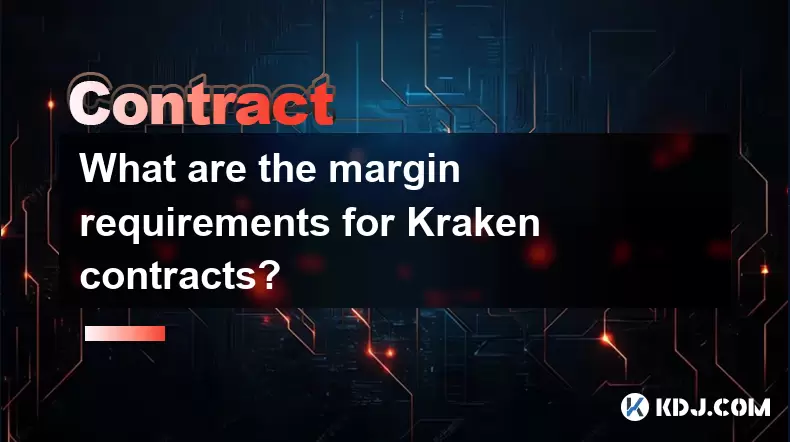-
 Bitcoin
Bitcoin $117600
2.11% -
 Ethereum
Ethereum $3907
6.13% -
 XRP
XRP $3.288
9.68% -
 Tether USDt
Tether USDt $1.000
-0.01% -
 BNB
BNB $784.8
2.00% -
 Solana
Solana $174.3
3.60% -
 USDC
USDC $0.9997
-0.03% -
 Dogecoin
Dogecoin $0.2220
8.04% -
 TRON
TRON $0.3379
0.01% -
 Cardano
Cardano $0.7829
5.46% -
 Stellar
Stellar $0.4348
8.84% -
 Hyperliquid
Hyperliquid $40.50
6.38% -
 Sui
Sui $3.757
7.22% -
 Chainlink
Chainlink $18.41
10.06% -
 Bitcoin Cash
Bitcoin Cash $581.6
1.91% -
 Hedera
Hedera $0.2586
5.37% -
 Avalanche
Avalanche $23.30
4.67% -
 Ethena USDe
Ethena USDe $1.001
0.01% -
 Litecoin
Litecoin $122.0
2.62% -
 UNUS SED LEO
UNUS SED LEO $8.972
-0.23% -
 Toncoin
Toncoin $3.338
1.14% -
 Shiba Inu
Shiba Inu $0.00001282
3.76% -
 Uniswap
Uniswap $10.38
6.88% -
 Polkadot
Polkadot $3.852
4.63% -
 Dai
Dai $1.000
0.02% -
 Bitget Token
Bitget Token $4.463
2.29% -
 Monero
Monero $263.6
-7.22% -
 Cronos
Cronos $0.1496
4.78% -
 Pepe
Pepe $0.00001106
4.91% -
 Aave
Aave $284.3
8.09%
Does Coinbase contract support cross-currency collateral? How to convert margin?
Coinbase supports cross-currency collateral for margin trading, allowing users to leverage one cryptocurrency to trade another, with specific setup steps and considerations.
May 04, 2025 at 07:01 pm

Introduction to Coinbase Contract and Cross-Currency Collateral
Coinbase, one of the leading cryptocurrency exchanges, offers a variety of financial products and services, including margin trading and futures contracts. One of the frequently asked questions among traders is whether Coinbase's contract platform supports cross-currency collateral. Additionally, understanding how to convert margin is crucial for effective trading strategies. This article will delve into these topics, providing detailed insights and operational guidance.
Understanding Cross-Currency Collateral on Coinbase
Cross-currency collateral refers to the ability to use one type of cryptocurrency as collateral to trade another type of cryptocurrency. On Coinbase, this feature is particularly relevant for users who wish to leverage their holdings in one cryptocurrency to gain exposure to another. Coinbase does support cross-currency collateral, but there are specific conditions and limitations that traders need to be aware of.
To use cross-currency collateral on Coinbase, you must first ensure that your account is eligible for margin trading. This involves completing the necessary verification steps and meeting the platform's criteria for margin accounts. Once your account is set up, you can use supported cryptocurrencies as collateral to open positions in other cryptocurrencies.
How to Set Up Cross-Currency Collateral on Coinbase
Setting up cross-currency collateral on Coinbase involves a few key steps:
- Log into your Coinbase account: Ensure you have a verified account eligible for margin trading.
- Navigate to the margin trading section: This can usually be found under the 'Trade' or 'Pro' section of the platform.
- Select the cryptocurrency you want to use as collateral: Choose from the list of supported cryptocurrencies that Coinbase allows for margin trading.
- Specify the amount of collateral: Decide how much of the selected cryptocurrency you want to use as collateral.
- Choose the cryptocurrency you want to trade: Select the cryptocurrency you wish to open a position in using the collateral you've set aside.
- Review and confirm the transaction: Ensure all details are correct before finalizing the setup of cross-currency collateral.
Converting Margin on Coinbase
Converting margin on Coinbase is a process that allows traders to switch the collateral used for their margin positions. This can be useful for optimizing trading strategies and managing risk. Here's how to convert margin on Coinbase:
- Access the margin trading section: Log into your Coinbase account and navigate to the margin trading area.
- Select the existing margin position: Identify the position for which you want to convert the margin.
- Choose the new collateral cryptocurrency: From the list of supported cryptocurrencies, select the one you want to use as the new collateral.
- Enter the amount of new collateral: Specify how much of the new cryptocurrency you want to use to replace the existing collateral.
- Review the conversion details: Ensure all details are correct, including any potential fees or changes in margin requirements.
- Confirm the conversion: Finalize the process to convert your margin collateral.
Important Considerations for Cross-Currency Collateral and Margin Conversion
When using cross-currency collateral and converting margin on Coinbase, there are several important considerations to keep in mind:
- Liquidity and Market Volatility: The cryptocurrencies you use as collateral and for trading should have sufficient liquidity to minimize slippage. Additionally, be aware of market volatility, as it can impact the value of your collateral and the margin requirements.
- Fees and Costs: Coinbase charges fees for margin trading and conversions, which can affect your overall profitability. Always review the fee structure before proceeding with any transactions.
- Risk Management: Using cross-currency collateral and converting margin can increase your exposure to market risks. Implement robust risk management strategies, such as setting stop-loss orders and diversifying your portfolio.
Managing Risks with Cross-Currency Collateral and Margin Conversion
Effective risk management is crucial when engaging in cross-currency collateral and margin conversion on Coinbase. Here are some strategies to consider:
- Diversification: Spread your collateral across multiple cryptocurrencies to reduce the impact of a single asset's price movement on your overall position.
- Stop-Loss Orders: Use stop-loss orders to automatically close positions if the market moves against you, helping to limit potential losses.
- Regular Monitoring: Keep a close eye on your margin positions and the market conditions. Be prepared to adjust your collateral or convert margin as needed to manage risk effectively.
Frequently Asked Questions
Q: Can I use stablecoins as collateral for cross-currency trading on Coinbase?
A: Yes, Coinbase supports the use of stablecoins as collateral for cross-currency trading. Stablecoins like USDC are often used because they are pegged to the US dollar, providing a more stable value compared to other cryptocurrencies.
Q: Are there any limits on the amount of collateral I can use for cross-currency trading on Coinbase?
A: Yes, Coinbase imposes limits on the amount of collateral you can use, which can vary based on your account type and the specific cryptocurrencies involved. Always check the platform's current limits before setting up your collateral.
Q: How quickly can I convert margin on Coinbase?
A: The speed of margin conversion on Coinbase depends on several factors, including the liquidity of the cryptocurrencies involved and the current market conditions. Generally, conversions can be processed quickly, but it's important to monitor the transaction to ensure it completes as expected.
Q: Can I use cross-currency collateral for futures trading on Coinbase?
A: Yes, Coinbase allows the use of cross-currency collateral for futures trading, provided you meet the eligibility criteria for both margin trading and futures contracts. Always review the specific requirements and conditions for futures trading on the platform.
Disclaimer:info@kdj.com
The information provided is not trading advice. kdj.com does not assume any responsibility for any investments made based on the information provided in this article. Cryptocurrencies are highly volatile and it is highly recommended that you invest with caution after thorough research!
If you believe that the content used on this website infringes your copyright, please contact us immediately (info@kdj.com) and we will delete it promptly.
- EigenLayer, Restaking, and Ethereum: Navigating the Hype and the Hazards
- 2025-08-08 06:30:12
- Super Bowl 59: Jon Batiste to Jazz Up the National Anthem
- 2025-08-08 06:30:12
- Cold Wallet Crypto in 2025: The Future is Now, Ya'll
- 2025-08-08 05:10:13
- MAGACOIN, SOL, and ADA: A Tale of Shifting Tides in Crypto
- 2025-08-08 05:10:13
- SHIB Price, PEPE, and the Memecoin Supercycle: Who Will Reign Supreme?
- 2025-08-08 05:50:12
- Pudgy Penguins Price Prediction: Google Trends & Breakout Signals
- 2025-08-08 05:50:12
Related knowledge

Are there any fees for futures settlement on OKX?
Aug 08,2025 at 05:35am
Understanding Futures Settlement on OKXFutures settlement on OKX refers to the process by which open futures contracts are automatically closed or mar...

How to use the OKX margin calculator for futures?
Aug 08,2025 at 05:15am
Understanding the OKX Margin Calculator for FuturesThe OKX margin calculator is a specialized tool designed to assist traders in estimating the requir...

How to find and copy experienced traders on Bybit contracts?
Aug 08,2025 at 06:00am
Understanding Copy Trading on BybitBybit offers a copy trading feature that allows users to automatically replicate the contract positions of experien...

What are the API rate limits for automated trading on Bybit contracts?
Aug 08,2025 at 06:08am
Understanding API Rate Limits on BybitWhen engaging in automated trading on Bybit contracts, understanding the API rate limits is essential to prevent...

How do I use the Kraken Pro interface for contract trading?
Aug 08,2025 at 05:00am
Understanding the Kraken Pro Interface for Contract TradingThe Kraken Pro platform is designed for advanced traders who require speed, precision, and ...

What are the margin requirements for Kraken contracts?
Aug 08,2025 at 05:42am
Understanding Margin in Kraken Futures TradingWhen engaging in futures trading on Kraken, traders must understand that margin is the collateral requir...

Are there any fees for futures settlement on OKX?
Aug 08,2025 at 05:35am
Understanding Futures Settlement on OKXFutures settlement on OKX refers to the process by which open futures contracts are automatically closed or mar...

How to use the OKX margin calculator for futures?
Aug 08,2025 at 05:15am
Understanding the OKX Margin Calculator for FuturesThe OKX margin calculator is a specialized tool designed to assist traders in estimating the requir...

How to find and copy experienced traders on Bybit contracts?
Aug 08,2025 at 06:00am
Understanding Copy Trading on BybitBybit offers a copy trading feature that allows users to automatically replicate the contract positions of experien...

What are the API rate limits for automated trading on Bybit contracts?
Aug 08,2025 at 06:08am
Understanding API Rate Limits on BybitWhen engaging in automated trading on Bybit contracts, understanding the API rate limits is essential to prevent...

How do I use the Kraken Pro interface for contract trading?
Aug 08,2025 at 05:00am
Understanding the Kraken Pro Interface for Contract TradingThe Kraken Pro platform is designed for advanced traders who require speed, precision, and ...

What are the margin requirements for Kraken contracts?
Aug 08,2025 at 05:42am
Understanding Margin in Kraken Futures TradingWhen engaging in futures trading on Kraken, traders must understand that margin is the collateral requir...
See all articles

























































































